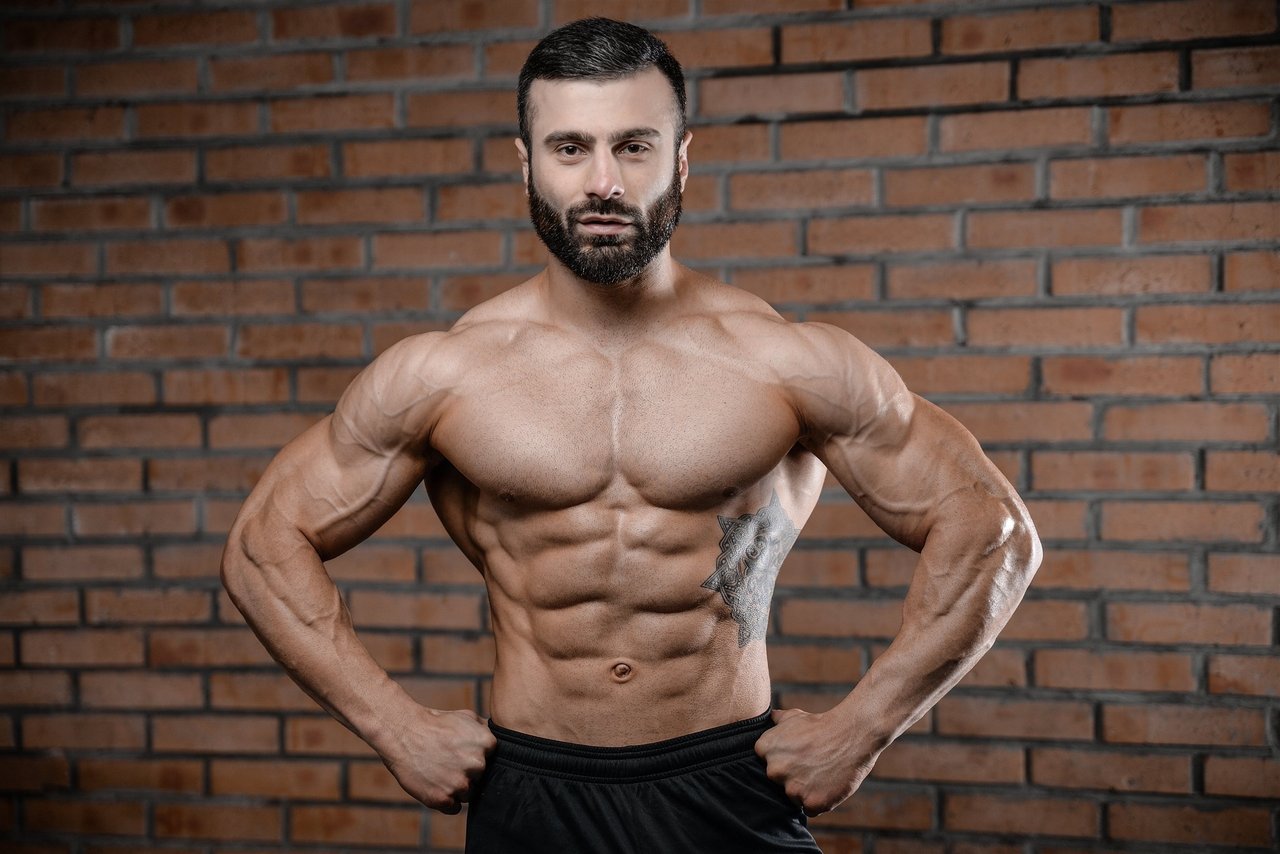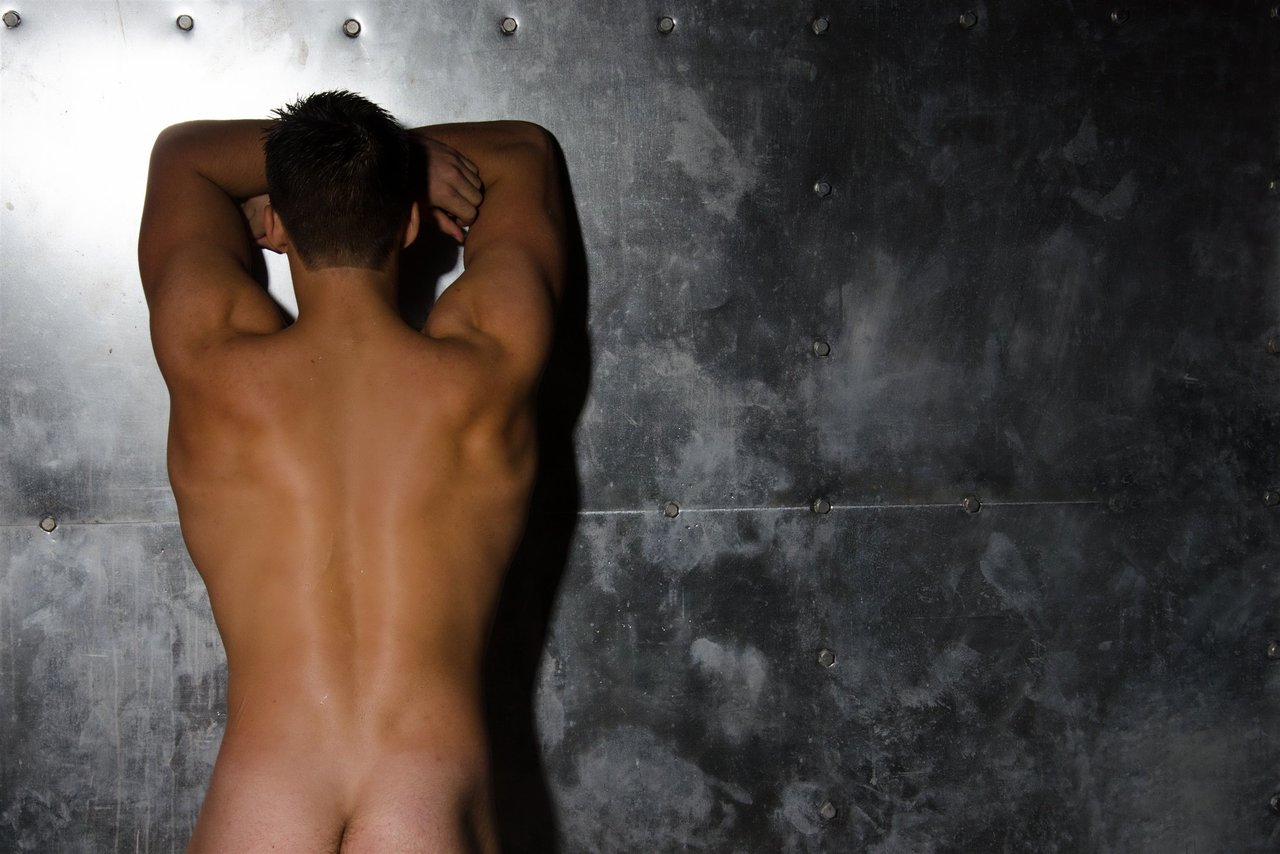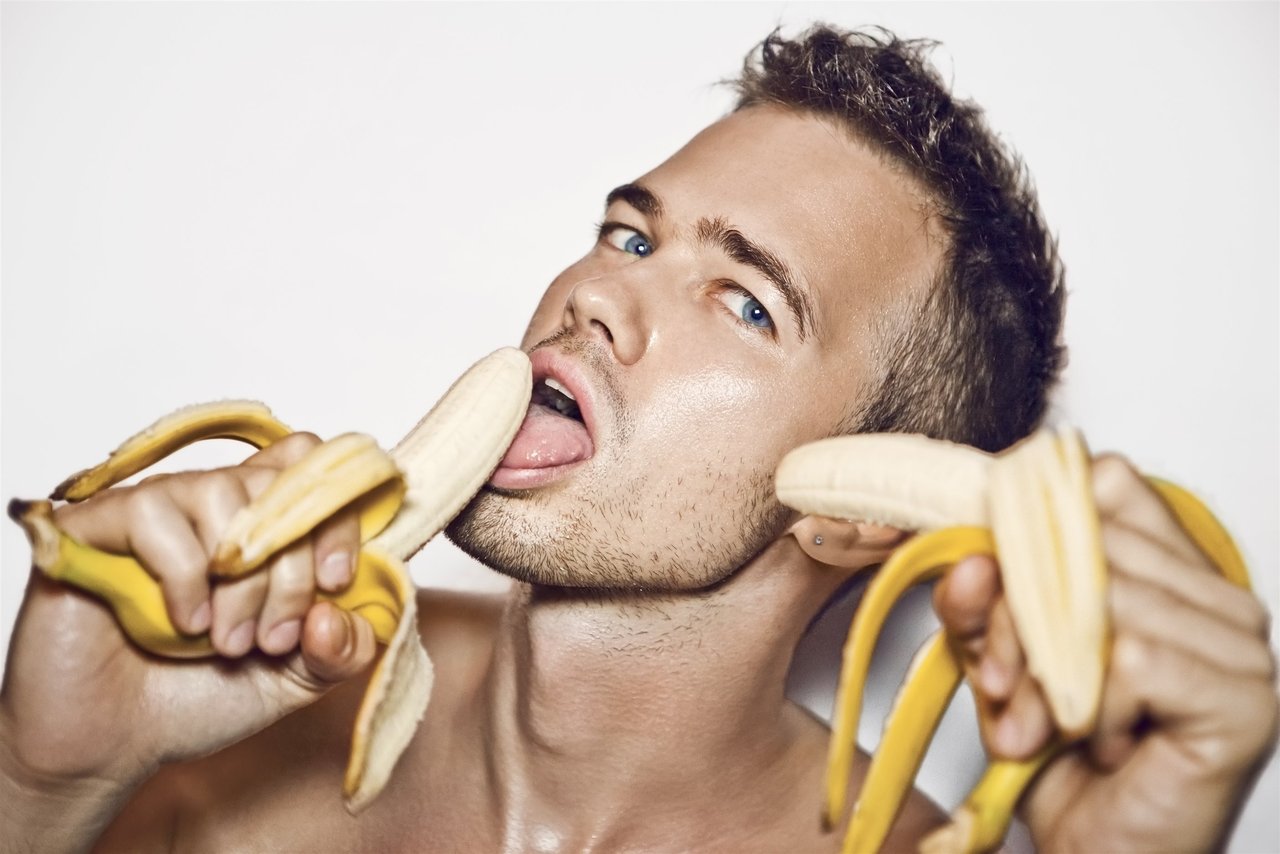Understanding Gay Slang and Its Role in LGBTQ+ Community Communication
Gay slang represents a rich and evolving vocabulary unique to the LGBTQ+ community, serving as both a tool for communication and a marker of identity. This specialized language shapes how queer individuals connect, express humor, and navigate social circles, often reflecting cultural and historical influences. Rooted in shared experience, gay slang fosters a sense of belonging and can act as a protective code in environments where acceptance was once limited. It draws from diverse sources, including drag culture, activism, and everyday social interaction, creating a vibrant lexicon that continually adapts.
Recognizing these terms offers insight into the community’s collective story and evolving authenticity. Staying informed about gay slang words ensures respectful communication and genuine understanding within modern queer spaces. This guide emphasizes the cultural value of such vocabulary, highlighting how language contributes to identity and social dynamics in the LGBTQ+ realm. By engaging with these expressions, you participate more deeply in conversations that matter, reflecting both history and the creative pulse of today’s gay community. Knowing gay slang is not just about language—it’s about embracing the ongoing dialogue of queer life and inclusion.








